Climbing Mount Kilimanjaro is a bucket-list adventure for many, known for its breathtaking views and challenging trails. However, beyond the physical journey lies a rich tapestry of cultural experiences that deeply enrich the trek. The climb offers a unique opportunity to immerse yourself in the local traditions, lifestyles, and stories of the communities living in the shadow of Africa’s highest peak. From interactions with the Chagga people to learning about the heritage of the mountain, these cultural encounters make the Kilimanjaro climb an unforgettable experience.
Meeting the Chagga People
At the base of Mount Kilimanjaro, the Chagga people have lived for centuries, cultivating fertile lands and developing a rich cultural heritage. As you prepare for your climb, you’ll likely spend time in Moshi or Marangu, where you can engage with the local Chagga community. These interactions offer a glimpse into their daily lives, traditions, and customs. The Chagga are known for their hospitality, and you may have the chance to visit local homes, participate in traditional dances, and taste local cuisine, such as banana beer and ugali.
Chagga Art and Craftsmanship
The Chagga people are renowned for their craftsmanship, producing beautiful handmade artifacts. You’ll find intricate beadwork, pottery, and wood carvings that reflect the cultural heritage of the region. Visiting local markets or artisan workshops provides a chance to see these skills in action and purchase unique souvenirs directly from the artisans. These crafts are not only beautiful but also carry stories and symbols significant to the Chagga culture, offering a deeper understanding of the community’s history and beliefs.
Traditional Agriculture
Agriculture is central to the Chagga way of life, and their traditional farming techniques are both sustainable and ingenious. The fertile slopes of Kilimanjaro are used to grow coffee, bananas, maize, and beans. Joining a guided tour of the coffee farms allows you to learn about the coffee-making process, from picking the cherries to roasting the beans. The Chagga’s agricultural practices highlight their deep connection to the land and their ability to adapt to the mountainous terrain, providing valuable insights into sustainable farming.
The Role of Guides and Porters
The success of any Kilimanjaro climb is heavily reliant on the support of local guides and porters. These individuals, often from nearby villages, bring a wealth of knowledge about the mountain and its trails. The guides are usually multilingual, speaking English and Swahili, and often other languages, making them excellent cultural ambassadors. As you ascend the mountain, take the time to converse with them about their experiences, stories, and the cultural significance of Kilimanjaro. Their insights enrich the climb, turning it into a shared journey rather than a solitary endeavor.
Cultural Traditions and Beliefs
Mount Kilimanjaro holds a significant place in the local cultural and spiritual beliefs. The Chagga people regard the mountain with reverence, often considering it a spiritual site. Learning about the myths and legends associated with Kilimanjaro adds a mystical layer to your climb. For instance, many believe the mountain is the home of their ancestors’ spirits. Understanding these cultural traditions and beliefs provides a deeper connection to the mountain and its people, making the climb a more holistic experience.
Community-Based Tourism Initiatives
Several community-based tourism initiatives have been developed around Kilimanjaro to ensure that the local communities benefit directly from tourism. Participating in these initiatives supports sustainable tourism and provides authentic cultural experiences. These programs might include homestays, guided village tours, and cultural workshops. Engaging in community-based tourism helps preserve the local culture and contributes to the economic well-being of the community, ensuring that the benefits of tourism are shared equitably.
Culinary Experiences
Tasting the local cuisine is an integral part of the cultural experience on Kilimanjaro. Traditional Chagga meals are hearty and designed to provide the necessary energy for labor-intensive farming activities. Typical dishes include Nyama Choma (grilled meat), stews, and plantains. Many trekking packages include meals prepared by local chefs, giving you a taste of the region’s culinary delights. Sampling the local food not only fuels your climb but also offers a delicious insight into the local way of life.
Learning Basic Swahili
While English is widely spoken by guides and in tourist areas, learning a few basic Swahili phrases can greatly enhance your cultural experience. Simple greetings and expressions of gratitude in Swahili can help build rapport and show respect for the local culture. Guides and porters appreciate the effort, and it often leads to more engaging and meaningful interactions. Plus, it’s a fun way to immerse yourself in the local culture and add another dimension to your adventure.
Environmental Conservation Efforts
Mount Kilimanjaro’s unique ecosystems are under threat from climate change and human activities. Local communities and conservation groups are actively involved in efforts to preserve the mountain’s environment. Learning about these conservation initiatives during your climb provides a deeper appreciation for the natural beauty of Kilimanjaro and the efforts being made to protect it. Participating in conservation activities, such as tree planting or clean-up campaigns, allows you to contribute positively to the mountain’s preservation.
Historical Insights
Kilimanjaro’s history is intertwined with the colonial and post-colonial history of Tanzania. The mountain was first summited by European explorers in the late 19th century, and it has since become a symbol of Tanzanian pride and natural heritage. Learning about the history of the mountain, including its first ascents and its role in local and national identity, adds a rich historical context to your climb. This historical perspective enriches your understanding of Kilimanjaro as more than just a physical challenge but a site of cultural and historical significance.
The Impact of Tourism
Tourism has a profound impact on the communities surrounding Kilimanjaro. Understanding both the positive and negative effects of tourism is crucial for responsible travel. While tourism provides significant economic benefits, it also poses challenges, such as environmental degradation and cultural commodification. Engaging with local perspectives on tourism can help you become a more conscientious traveler. Supporting ethical tourism practices ensures that your visit contributes positively to the local community and helps preserve the cultural integrity of the region.
Climbing Mount Kilimanjaro is a journey that extends beyond physical endurance. The cultural experiences encountered along the way enrich the adventure, providing a deeper connection to the land and its people. From the warm hospitality of the Chagga community to the shared stories of guides and porters, these cultural interactions add a unique and meaningful dimension to the climb. Embracing the cultural heritage of Kilimanjaro transforms the trek into an unforgettable journey of discovery and connection.
FAQs
1. How can I engage with the local culture while climbing Kilimanjaro? Engage with the local culture by visiting Chagga villages, participating in community-based tourism initiatives, and interacting with guides and porters who are knowledgeable about the region’s traditions and history.
2. What should I know about the Chagga people? The Chagga people are the indigenous community living around Mount Kilimanjaro. They are known for their hospitality, traditional agriculture, and rich cultural heritage. Learning about their customs and daily life enhances your understanding of the region.
3. How does tourism impact the local communities on Kilimanjaro? Tourism provides economic benefits but also poses challenges such as environmental degradation and cultural commodification. Supporting ethical tourism practices helps ensure that tourism has a positive impact on local communities.
4. What are some traditional foods to try while climbing Kilimanjaro? Traditional foods to try include nyama choma (grilled meat), ugali (a type of porridge), and various stews. Local cuisine is hearty and designed to provide energy for physical activities.
5. Why is learning Swahili beneficial for climbers? Learning basic Swahili phrases can enhance your cultural experience by building rapport with local guides and porters. It shows respect for the local culture and can lead to more meaningful interactions.
To discover the best of Tanzania’s natural beauty and wildlife, explore the following destinations on our page:
- Ruaha National Park
- Selous Game Reserve
- Serengeti National Park
- Zanzibar Beach Tours
- Ngorongoro Crater
- Kilimanjaro National Park
- Mikumi National Park
- Tarangire National Park
Visit our page for detailed information and tips to make the most of your adventures in these iconic locations.

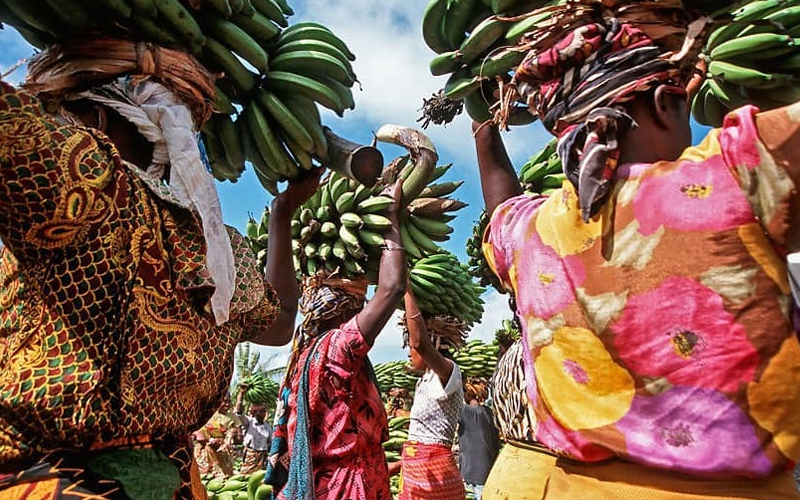
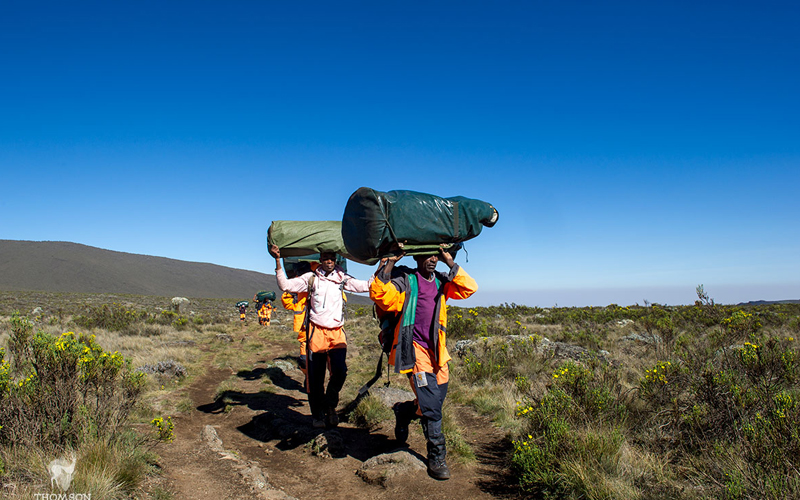
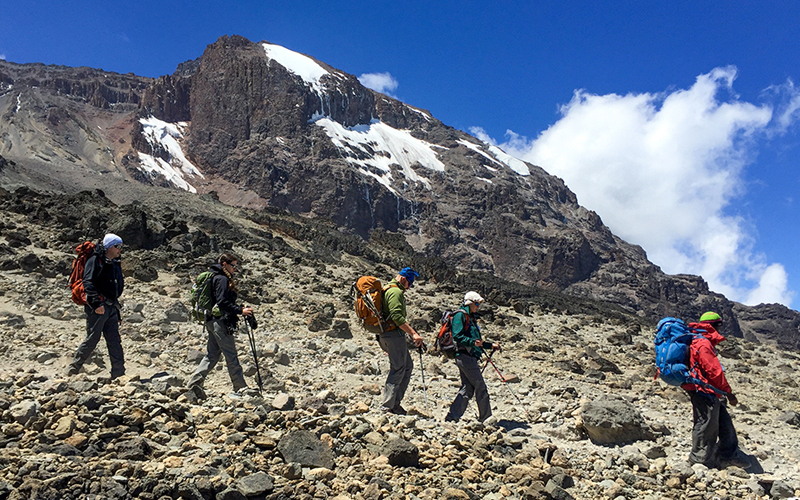
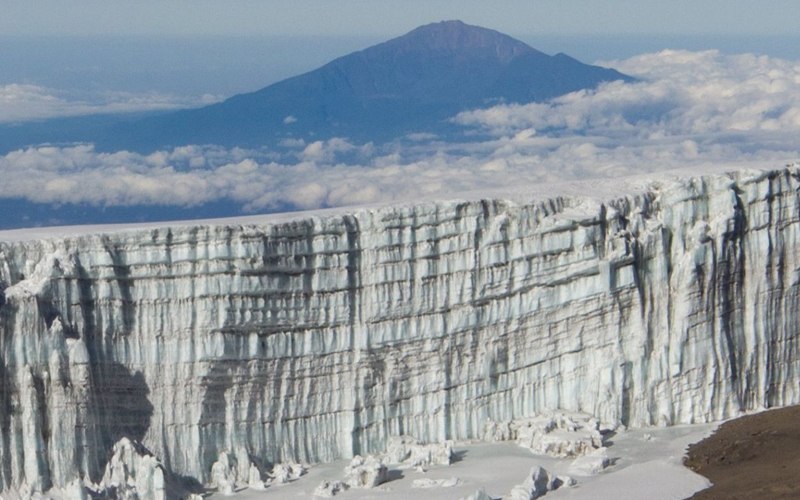
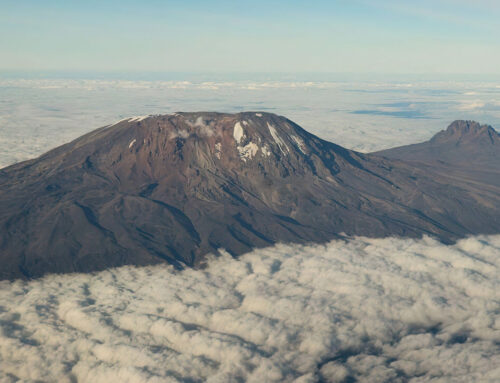
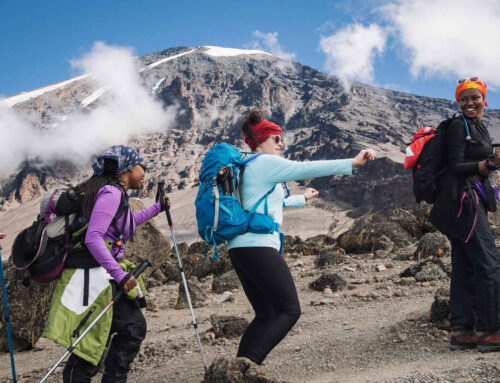
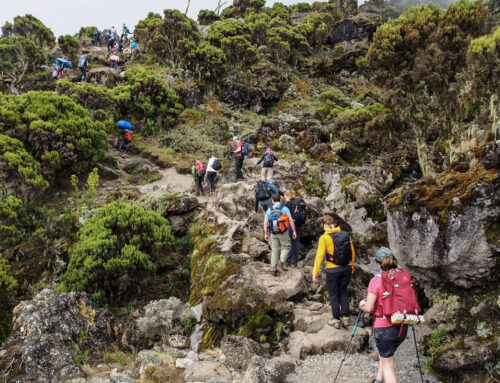

Leave A Comment